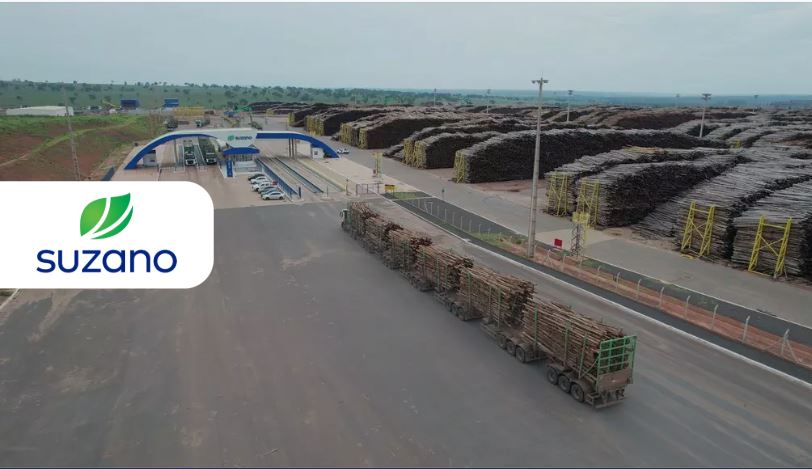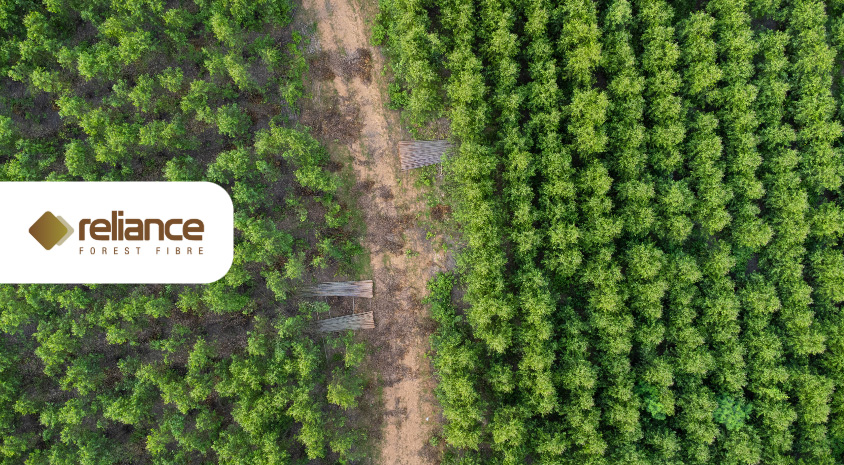In a time where forests are valued beyond their timber yields, science and data-based planning and Intensive Forest Management (IFM) are critical strategies in reconciling productivity with sustainability. Originally focused on maximizing fiber production and growth per hectare, particularly in plantation settings, IFM has evolved over the years from a productivity focus aimed at supplying mills with more trees, to a more holistic asset management approach.
Today, as environmental, social, and governance (ESG) considerations gain prominence, IFM has shifted to recognize and leverage the broader ecosystem services that forests offer as carbon sinks, biodiversity havens, and water purifiers.
This evolution from timber-centric management to a comprehensive understanding of forest ecosystems opens new avenues for growth and sustainability in the forestry sector, paving the way for strategic, intensive forest management to not only support industry demands but also contribute to environmental conservation and social well-being.
Supply and Demand Dynamics in the Timber Industry
The timber industry is navigating a complex landscape of challenges and opportunities. On the supply side, public opinion and environmental policies in regions like Europe, Australia, and North America are increasingly advocating for the preservation of native forests, which supply a significant portion of the world’s fiber. Additionally, forest fires are disrupting timber supply, while the burgeoning carbon-offset market, expected to grow from $2 billion to $250 billion in 2050, is steering forest management towards conservation, potentially reducing the wood available for the market.
On the demand front, there is an increase in the need for wood, fueled by the expanding bioenergy sector, a shift towards green construction materials, and the basic requirements of developing nations. The Food and Agriculture Organization (FAO) predicts a substantial rise in Roundwood product demand by 2050, presenting a scenario of growth and sustainability for the industry.
In this context, IFM provides a way to meet future fiber supply needs, especially considering a projected deficit of roundwood material. As the world population grows and there is a shift towards greener products, the demand for trees is set to rise. IFM offers a strategic approach to balance the increasing demand with sustainable forest management practices, ensuring a steady supply of fiber while maintaining ecological integrity.
Global Perspectives in Intensive Forest Management
Intensive Forest Management is a global narrative with regional nuances, from the vast pine plantations of the US Southeast to Brazil’s booming pulp sector that is supplied by eucalyptus plantations. In the US Southeast, extensive pine plantations are vital to the global fiber market, while Ireland is known for the rapid growth of sitka spruce in the Northern Hemisphere. South Africa’s forest industry, initially lacking commercial tree species, was transformed by the introduction of forest plantations in the early 1900s. New Zealand’s radiata pine plantations exemplify dynamic supply chain management, with practices that optimize tree value and yield. Brazil stands out as a powerhouse in pulp production, leveraging the rapid growth of eucalyptus for industrial uses.

Overall, IFM’s progress is marked by efficiency and innovation, with regions like Brazil setting benchmarks for scale and productivity. Emerging approaches to forest management further illustrate this evolution. The Government of Nova Scotia is adopting a new Ecological Forestry approach to forestry management using a 3 zone triad model to balance a range of interests. It’s a fundamental shift aimed at protecting ecosystems and biodiversity, supporting economic growth, and keeping forests healthy and sustainable. The 3 zones of the triad model are: conservation zone, high production forest zone, and mixed forest or matrix zone. This approach balances conservation with sustainable timber industry needs, using less acreage for intensive management in high production zones where techniques like herbicides, fertilization, and genetic stocks grow fiber as fast as possible while conserving areas for ecosystem values.
These diverse global practices highlight the dynamic nature of forestry in a world increasingly focused on sustainable and efficient resource management.
Using Analytics to See the Forest’s Future
The evolution of IFM and emerging forest management approaches require analytics capable of forecasting future scenarios, balancing ecological and economic trade-offs, and exploring carbon credit opportunities.
Strategic optimization modeling has been a vital aid in helping foresters to find the right balance between intensive management and preserving ecosystem values. Mathematical optimization, like a crystal ball, can offer a glimpse into the forest’s future – habitat availability, water quality, financial returns, and more.
IFM is not just about today; it’s a strategy with an eye on the future. It’s about making informed choices, aligning with market demands, and navigating the complex interplay of environmental stewardship and financial viability.
In a landscape where forests are more than timber suppliers, getting Intensive Forest Management right could unlock new growth opportunities and pave the way for a sustainable, profitable future in forestry.
LEARN MORE:
- Explore the value of using optimization analytics for forestry planning.
- Read why foresters are taking a lifecycle approach to understanding forest carbon.





